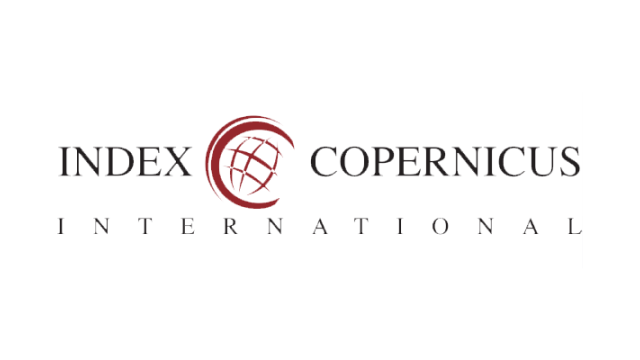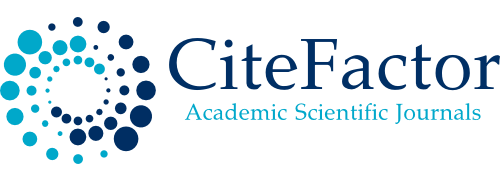The Effect of Combined (physical skill) Exercises on Some Physical Abilities That Affect the Technical Skills Accuracy In Squash Game
DOI:
https://doi.org/10.61841/3w9gwn90Keywords:
physical effort, Technical Skills Accuracy, Squash GameAbstract
The player's achievement of access to higher levels requires concerted efforts, a proper diagnosis of strengths and weaknesses, and work to develop what serves the effectiveness or skill. The research problem lies in a difference in the physical effort performed by the players in every match, and this is shown by repeating skill errors through late reach to the ball as a result of the effort exerted in the match. This difference appears in the last half of the match and the accompanying decrease in the physical and functional effort of the players, especially since the squash player needs to invest all physical abilities and employ them with skillful performance, as squash is one of the games that need high physical and skillful abilities throughout the interchange of playing balls until an opportunity is obtained to implement a skill precisely in a place far from the presence of the opposing player and win the match.
Downloads
References
1. Abu Al-Ula Abdel Fattah. Sports Training, Physiological Foundations (Cairo: Dar Al Fikr Al Arabi, 1997).
2. Ikhlas Abdel Hafeez and Mustafa Hussain Bahi. Methods of scientific research and statistical analysis in the educational, psychological, and sports fields (Cairo: Al-Kitab Center for Publishing, 2000).
3. Amin Anwar El-Khouly: Racquet Games - Squash, 1st floor, Cairo, Beit al-Fikar al-Arabi, 2007.
4. Tariq Desouki: A proposed program for developing the special physical requirements of squash players and its effect on the level of performance, MA Thesis, Helwan University, 2001.
5. Tariq Desouky Kamel: a proposed program for developing the special physical requirements of squash players and its impact on the level of performance, Master's Thesis, Helwan University, College of Physical Education, 2000.
6. Talha Hussam El-Din and others. The Scientific Encyclopedia of Sports Training, 1st Edition (Cairo: The Book Center for Publishing, 1997).
7. Ali Jihad Ramadan: The Impact of a Proposed Training Curriculum on Developing the Most Important Tactical Techniques and Aerobic and Anaerobic Capabilities of Squash Players of the Ages (19-17) Years, PhD Thesis, College of Physical Education, University of Baghdad, 2005.
8. Ali Salman Abdul-Tarfi: Applied Tests in Physical Education (Al-Nibras Press, Baghdad, 2013).
9. Ali Salloum Jawad Al-Hakim, Tests and Measurement in the Field of Sports (University of Al-Qadisiyah, Higher Education Press, 2004).
10. Fakhri Al-Din Qasim: A proposed training method for using the weighting method to develop special physical characteristics and their effect on the accuracy of performance of some basic skills in the game of squash, PhD thesis, University of Baghdad, 2005.
11. Qasim Hassan Hussein and Abd Ali Nassif. Science of Sports Training, 1st Edition (Mosul: Dar Al-Kutub Foundation for Printing and Shining, 1980).
12. Layla El-Sayed Farhat: Measurement and Examination in Physical Education, 1st Edition (Book Center for Publishing, 1999).
13. Magdy Ahmed Hegazy: Squash between theory and practice, 1st floor, Alexandria, 1993.
14. Muhammad Reda Ibrahim: Field Application of the Theories and Methods of Sports Training, 2nd Edition, Baghdad, National Library, for publication, 2008.
15. Muhammad Subhi Hassani: Measurement and Evaluation in Physical Education and Sports, 3rd Edition (Cairo: Dar Al Fikr Al Arabi, 1997).
16. Mufti Ibrahim. Modern Sports Training, 1st Edition, (Cairo: Arab Thought House, 1998).
17. Wajih Mahjoub: Scientific Research Methods, 2nd Edition, Baghdad, Dar Al-Hikma Printing and Publishing, 1993.
18. FOX, E., et al. THE Physiological Basis of Physical Education and Athletics. Iowa: Brown and Benchmsk Publishers, 1999.
19. Hesham El Attar: Squash in the Veins, Tactics, Italy, 2002.
20. Lasse Mekkelson: How to train to become a top distance runner. In New studies in Athletics, No. 4, 1996,
Downloads
Published
Issue
Section
License
Copyright (c) 2020 AUTHOR

This work is licensed under a Creative Commons Attribution 4.0 International License.
You are free to:
- Share — copy and redistribute the material in any medium or format for any purpose, even commercially.
- Adapt — remix, transform, and build upon the material for any purpose, even commercially.
- The licensor cannot revoke these freedoms as long as you follow the license terms.
Under the following terms:
- Attribution — You must give appropriate credit , provide a link to the license, and indicate if changes were made . You may do so in any reasonable manner, but not in any way that suggests the licensor endorses you or your use.
- No additional restrictions — You may not apply legal terms or technological measures that legally restrict others from doing anything the license permits.
Notices:
You do not have to comply with the license for elements of the material in the public domain or where your use is permitted by an applicable exception or limitation .
No warranties are given. The license may not give you all of the permissions necessary for your intended use. For example, other rights such as publicity, privacy, or moral rights may limit how you use the material.









